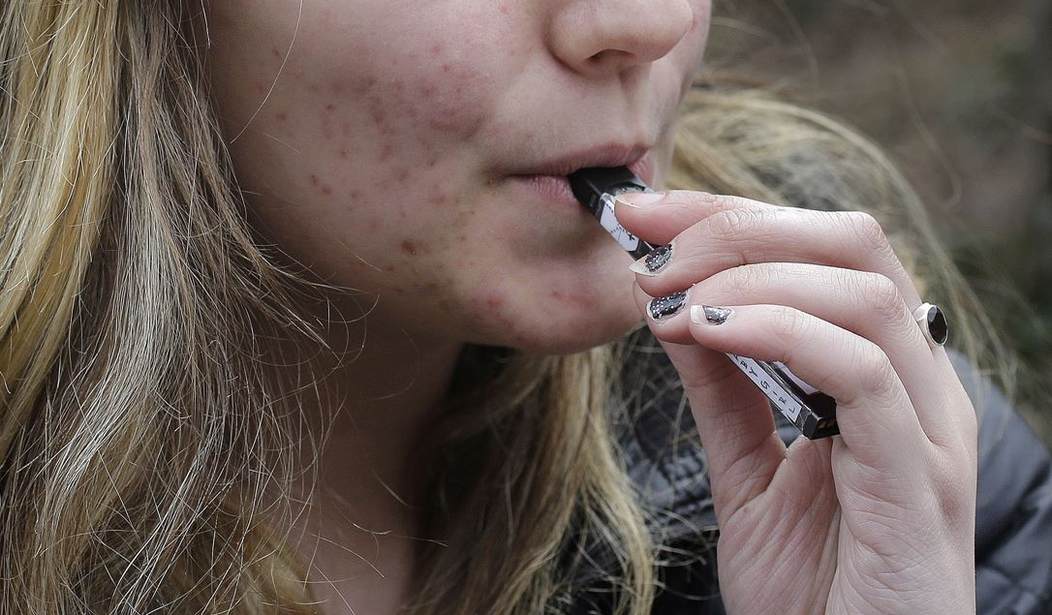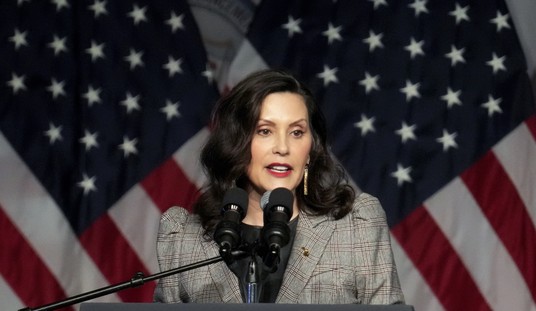Recently, more than 30 state, territory, and Washington D.C. attorneys general (AGs) penned a letter to the Center for Tobacco Products (CTP) at the U.S. Food and Drug Administration (FDA) urging the agency to essentially eliminate the majority of e-cigarettes from the U.S. marketplace.
Inauspiciously, these AGs are ignoring the massive declines in youth e-cigarette use and disregard why American youth are vaping and demanding a regulatory agency use limited funding to enforce draconian regulations and prohibitions. Rather than rely on federal regulatory agencies, these AGs ought to demand state lawmakers invest more of existing tobacco monies to combat youth e-cigarette use.
These AGs lament that the FDA’s regulations “must protect youth from flavored and disposable [e-cigarette] products,” and call upon CTP to ban all non-tobacco flavors in e-cigarettes, impose limits on nicotine levels, restrict marketing targeted to youth, and to close the “disposable loophole” and remove all disposable e-cigarettes from the marketplace.
The AGs cite that in 2022, nearly 85 percent of youth reported having used a flavored tobacco and/or vapor product. The AGs are relying on the National Youth Tobacco Survey (NYTS), an annual survey of U.S. middle and high school students.
Yet, these AGs are ignoring the same NYTS survey data that points to the reasons why youth use (and continue to use) e-cigarettes in the first place.
While youth are more likely to use flavored e-cigarette products, they are more likely to cite other factors as a reason for using e-cigarettes. In 2021 (according to the NYTS), 43.4 percent of U.S. middle and high school students reported using e-cigarettes to self-medicate feelings of anxiety, depression and/or stress. Additionally, 42.8 percent cited using e-cigarettes to get a buzz from nicotine, and 28.3 percent had used them because a friend and/or family member had used them. Only 13.2 percent of current youth e-cigarette users cited the availability of flavors as a reason for using e-cigarettes.
Recommended
Some of these AGs are privy to state data on motives for youth e-cigarette use, which they seem to be igoring.
In 2021, among Vermont high school students who were currently using e-cigarettes, the most commonly cited reasons for use were to get a buzz from nicotine and/or feelings of anxiety, depression, or stress. Only three percent reported using vapor products because of flavors. State-specific survey data from Connecticut and Rhode Island also find that flavors are among the least commonly cited reasons why youth were using e-cigarettes in 2019.
More irksome, these AGs are essentially urging the CTP to utilize limited funding to eliminate most of the e-cigarette marketplace. Obviously these AGs are unaware that the CTP is “solely funded by tobacco user fees,” which are only imposed upon six types of tobacco products, none which include vapor products. In fact, even if the agency did levy user fees on e-cigarette products, only 23 products would be subject to those fees.
These AGs are also ignoring the billions of tobacco-related monies their own states collect each year – often borne by the lungs of people who smoke.
In 2021, between the 30 states (and D.C.) in the CTP letter, the average state cigarette excise tax on a pack of 20 cigarettes was $2.46, with North Carolina being the lowest at $0.45 and New York the highest with at $4.35. In 2021, these states collected over $11.8 billion in state cigarette excise taxes, from $18 million collected in Washington, D.C. to nearly $1.7 billion in California.
Further, due to litigation from the 1990s, each state receives annual tobacco settlement payments in perpetuity – the amount determined by the number of cigarettes sold (and smoked) in their states. In 2021, these 30 states and D.C. collected nearly $5.5 billion from tobacco settlement payments.
All in all, these represented states (and D.C) received more than $17 billion in tobacco related monies in 2021, yet they allocated only $498.1 million in state funding towards tobacco control payments – including programs to help address youth vaping. In fact, for every $1 received in tobacco-related moneys, these states spent only $0.03 towards tobacco control.
These AGs ought to be ashamed. Not only are they continuing to stoke alarmism about the declines in youth vaping, they are blind to real solutions their respective state can take to reduce the number of kids using tobacco and vapor products. Draconian prohibitions never work and AGs ought to already know that and urge their own state lawmakers to invest more of existing tobacco monies on tobacco control programs.
Lindsey Stroud is Director of the Taxpayers Protection Alliance’s Consumer Center.
























Join the conversation as a VIP Member